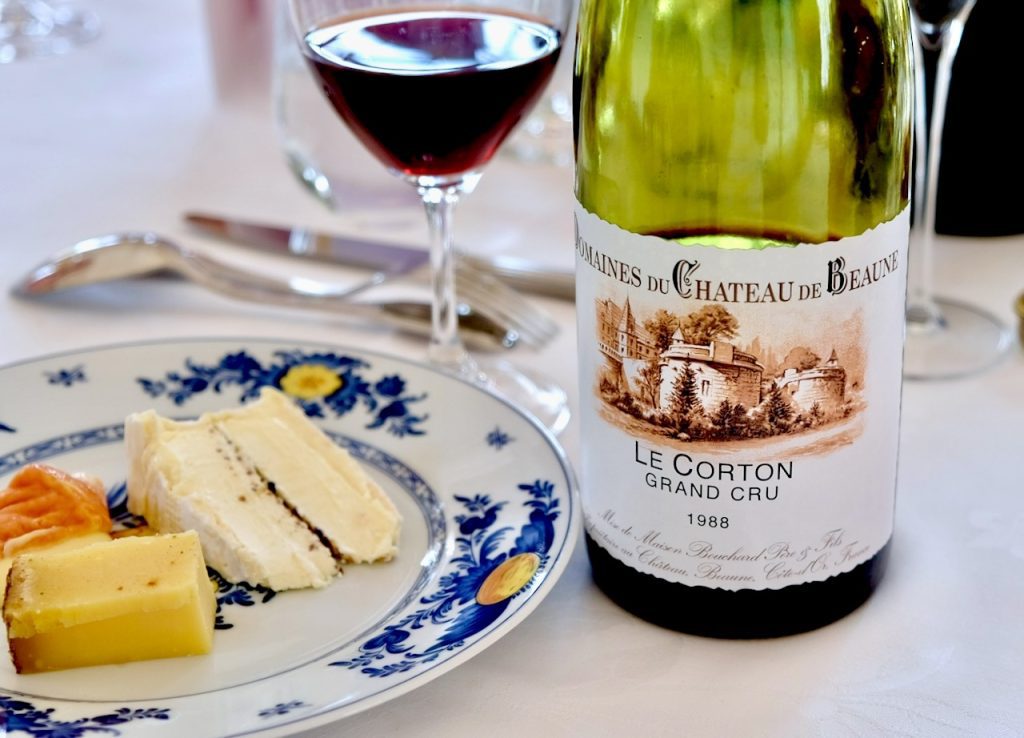While attending a new Pinot Noir symposium in Oxford, Meg Maker considers the trap of repeating cliches.
I’ve just returned from Oxford University, where I participated in the inaugural Pinot Noir and Identity Symposium. The event, a culmination of four years’ work by the organising committee, convened academics, independent researchers, and passionate wine advocates for three days of discussion about this characterful grape.
My presentation and paper — unsurprisingly for anyone who knows my research interests — considered the evolving vocabularies of Pinot Noir. In particular, I looked at how our representations of Pinot Noir exemplify the shift, over the last half-century, from considerations of wine’s intrinsic nature toward its experiential properties — from “what is this wine about?” to “what is this wine about to me?”
Early 20th-century wine writing was largely evaluative, the writer rendering judgments and delivering pronouncements based on domain expertise. As the century wore on, the writing became more descriptive, blooming with flavour and aroma analogies and leaning into wine’s hedonic impact.
Pinot Noir is a good exemplar of that shift in discourse partly because it is so much discussed. There’s substantial verbiage about Burgundy, of course, but Pinot has wandered around the globe, inspiring myriad commentators in the diaspora. And because the grape has a broad and expressive range, the writing can also consider a vast diversity of wines, still and sparkling, expensive and cheap, red, rosé, and ‘blanc.’
Over time some linguistic tropes have emerged. We see them everywhere in the literature, whether the writing’s about Chambolle-Musigny or Meiomi. Here are a few:
Pinot Noir is feminine. Gendered metaphors are always troubling, and this one drags in connotations of shyness, delicacy, even fragility. On the other hand, I found examples of Burgundy producers describing their wines as masculine, assertive, violent, and savage.
Pinot Noir is elegant, seductive, sublime. Let’s throw expensive onto the pile. Perhaps some read like this, but for consumers of supermarket brands it’s functionally, really just Pinot, a reliably fruity, not-too-tannic partner for whatever else is on the table.
Pinot Noir is sensitive. This is perhaps the most ubiquitous trope, stemming in part from the grape’s physiological properties, its thin skin leading to rot and other calamities. But the grape’s genetic fecundity and adaptivity have allowed it to thrive not only in its native Burgundy but also in California, Oregon, New Zealand, Germany, Japan, and beyond. Instead of sensitive it might be better characterised as cunningly adaptable or even robust.
The point is that as writers, it’s easy to fall into the trap of repeating these clichés. Perhaps we can acknowledge the cinder of truth on which some are based. But if we want to advance the discourse, we should think creatively about what we believe Pinot Noir to be, then put that into our own words.
Note: I’d be happy to share a draft of my paper with anyone who’s interested, and welcome your insights, too. Just drop me a note at [email protected].
Photo Credit: Meg Maker

